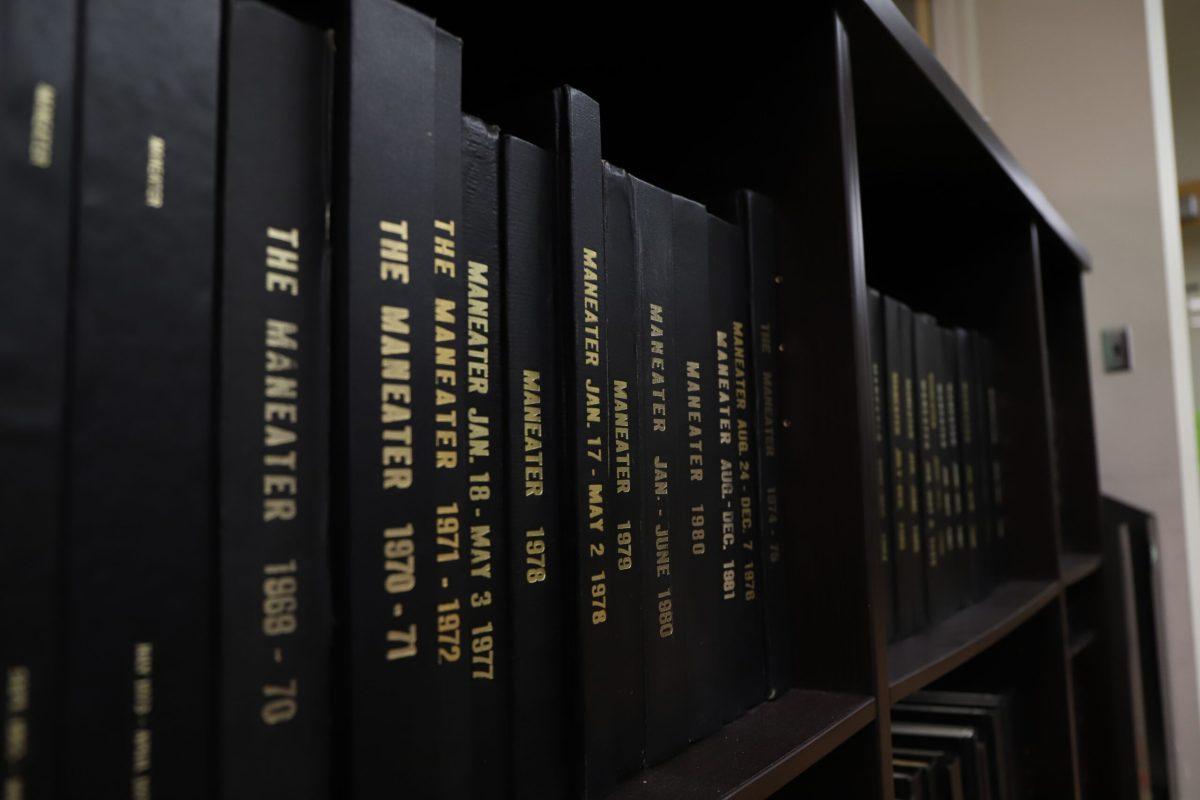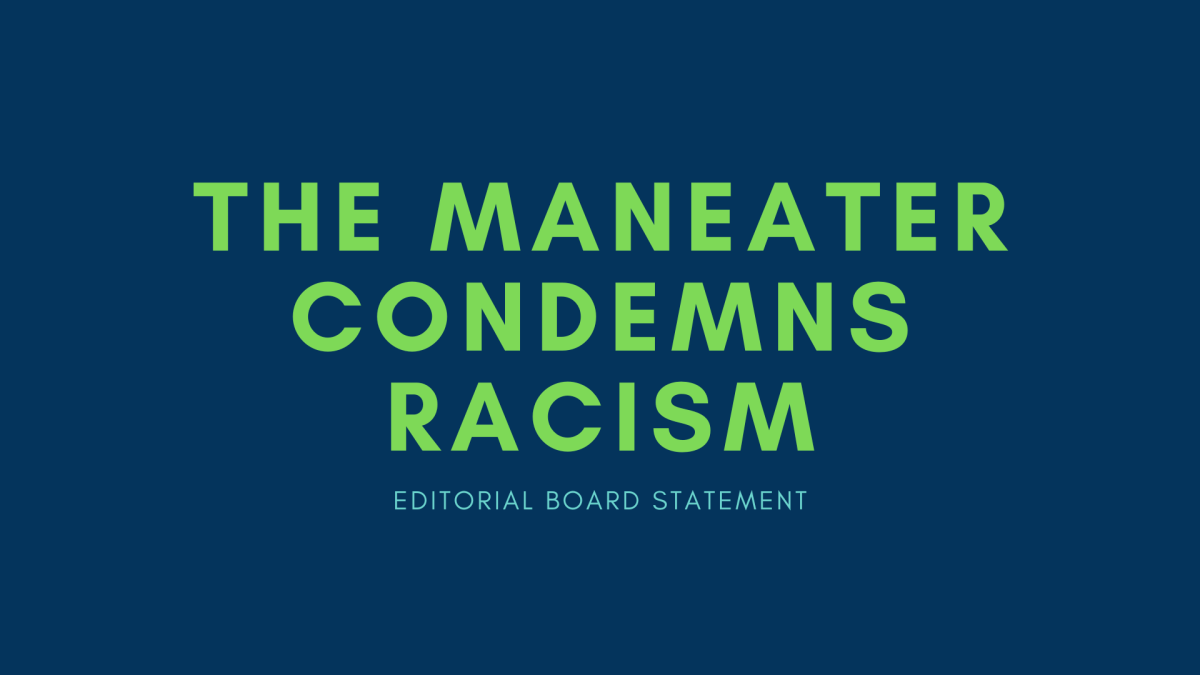By the end of this academic year, 110 tenured faculty members will retire after taking advantage of the university’s [voluntary separation offer](https://www.themaneater.com/stories/2014/9/19/mu-announces-buyout-plan-tenured-retirement-eligib/). The program would allow tenured faculty ages 62 and older a one-time payment equal to 150 percent of their annual salary, capped at $200,000.
Chancellor R. Bowen Loftin [said in a press conference](https://www.themaneater.com/stories/2015/3/18/loftin-discusses-challenges-campus-climate-faculty/) that between 11 and 12 tenured faculty leave in a typical year. He called this year’s unusual rate of retirement an opportunity to “bring extraordinary faculty to the university that will not simply replace who are here but compliment other senior hires we’re making right now.”
We agree with the chancellor. We have the opportunity to grow and improve as a university, but only if we make more inclusive hiring decisions that would benefit the university as a whole, not just limited sections of campus.
[Each college dean](https://www.themaneater.com/stories/2015/4/8/110-faculty-retire-mu-administration-sees-opportun/) has his or her own idea for how the vacancies will be filled. The College of Arts and Science, for example, plans to prioritize recruiting faculty who can help boost MU’s standing within the Association of American Universities. Others, like the College of Education, are focused more on replacing the faculty they lost to the buyout.
We recognize that each school and college has its own set of needs and concerns to address, and that it is not realistic to employ one rigid set of hiring goals across the vast university community. However, we believe administrators should seriously consider some uniform themes, like enhancing diversity, in their hiring priorities and processes.
Hiring a more diverse group of new faculty is of the utmost importance, especially given the [recent discussions on race relations and campus climate](https://www.themaneater.com/stories/2015/3/18/dministration-criticized-lack-action-race-relation/). A diverse faculty body could not only help facilitate an internal culture change on campus but promote unique viewpoints and approaches to teaching and research. This would help further the university’s missions of providing world-class education and propel research forward and become the ultimate measure of MU’s long-term success.
The university should also consider a wider range of factors that would ultimately suit the needs of our campus. Being recognized in the AAU gives MU and its research efforts a higher level of credibility and prestige, and it gives the university an upper hand when trying to attract more esteemed professors and researchers.
But the AAU indicators — which are more focused on faculty prestige, citations and research dollars than the quality of education — should not be the only measure used to guide administrators during this new and exciting time. Administrators should remember to quantify the success of this university by the quality of education and research at both the undergraduate and graduate levels.
College of Arts and Science Dean Michael O’Brien [told The Maneater](https://www.themaneater.com/stories/2015/4/8/110-faculty-retire-mu-administration-sees-opportun/) that MU is currently in the “bottom of the barrel” in its AAU rankings. He said the only AAU indicator that has been strong enough to keep MU in this exclusive association is its undergraduate education. We urge administrators to embrace this strength and remember not to sacrifice it to compensate for MU’s weaknesses.










